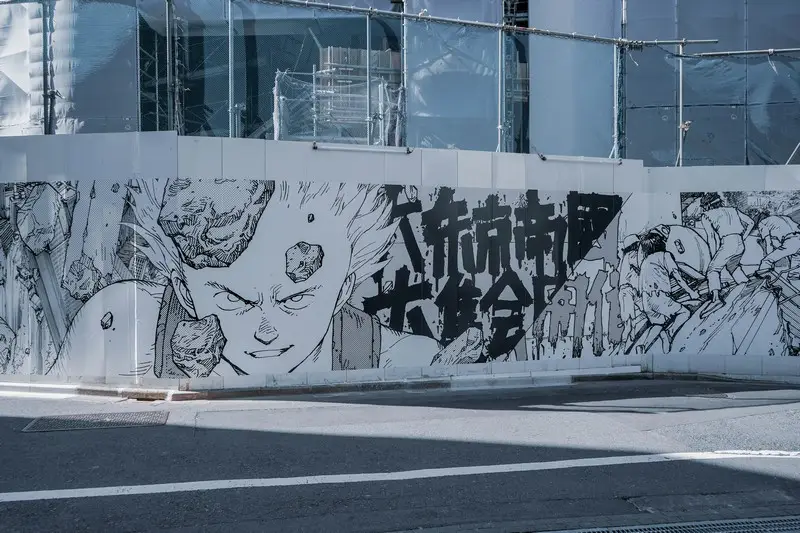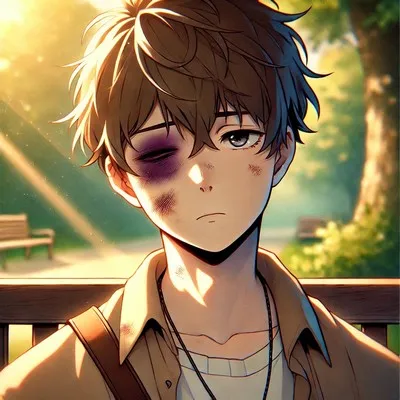Table of Contents
- Introduction
- The Context of Neo-Tokyo: Social Disorder and Anomie
- Deviance and Rebellion: Tetsuo’s Transformation
- The Role of Social Control: Government and Military Power
- Labeling Theory: The Social Construction of Deviance
- Subcultures and Resistance
- Deviance Amplification: The Escalation of Chaos
- Conclusion: Crime, Deviance, and Social Breakdown
Introduction
Akira, the 1988 Japanese animated film, set in a dystopian future Tokyo, presents a rich landscape for sociological analysis, particularly through the lens of crime and deviance. As an exploration of a post-apocalyptic society grappling with government control, gang violence, and rebellion, Akira offers deep insights into sociological theories of deviance, power, and social control. This article will use sociological perspectives to analyze how crime and deviance are depicted in the film, including the ways in which societal norms are challenged and maintained in a world on the brink of chaos.
The Context of Neo-Tokyo: Social Disorder and Anomie
Akira is set in Neo-Tokyo, a city rebuilt after a cataclysmic explosion, now characterized by chaos, political corruption, and a crumbling social structure. The dystopian nature of this setting is crucial in understanding the deviance that permeates the film. In sociological terms, Neo-Tokyo can be seen as an environment of anomie, a concept introduced by Emile Durkheim. Anomie refers to a breakdown in the social norms that guide individual behavior, leading to a state of normlessness.
- Anomie in Neo-Tokyo: The collapse of institutional authority and the widening gap between government officials and citizens results in a disintegrated society where rules are unclear, and individuals must navigate a world without strong social guidance.
- Gang Culture as Deviance: Without a coherent social order, deviance, particularly in the form of gang culture, emerges as a response to the social vacuum. The gang members in Akira represent a rejection of societal norms, carving out their own identities within a chaotic system.
Neo-Tokyo, therefore, becomes a breeding ground for criminal activity and deviance, not just because of individual moral failings but due to the structural disintegration of social order.
Deviance and Rebellion: Tetsuo’s Transformation
One of the most significant aspects of Akira is the transformation of Tetsuo, one of the central characters. His rise to power is marked by increasing deviance, violence, and a rejection of the norms that previously governed his life. Tetsuo’s narrative can be analyzed through the lens of strain theory, developed by Robert K. Merton.
Strain Theory in Tetsuo’s Story
Merton’s strain theory posits that deviance arises when there is a disjunction between societal goals and the means available to achieve them. In Tetsuo’s case:
- Blocked Opportunity: Tetsuo, as a member of a lower-status gang, is excluded from societal success and power. His violent behavior and eventual superhuman abilities reflect his rebellion against a system that has left him marginalized.
- Innovation as Deviance: According to Merton, one adaptation to strain is “innovation,” where individuals use illegitimate means to achieve societal goals. Tetsuo’s use of his newfound psychic powers to assert control and seek vengeance represents this innovative deviance.
Tetsuo’s transformation underscores the broader theme of power and control, where deviance is both a symptom and a reaction to the oppressive forces in Neo-Tokyo.
The Role of Social Control: Government and Military Power
In Akira, the government and military are depicted as the primary agents of social control, working to suppress the growing unrest and deviance in Neo-Tokyo. The film’s portrayal of government power aligns with conflict theory, which emphasizes the role of power and inequality in shaping societal norms and responses to deviance.
Conflict Theory and State Control
Get the full article AD FREE. Join now for full access to all premium articles.
View Plans & Subscribe Already a member? Log in.






